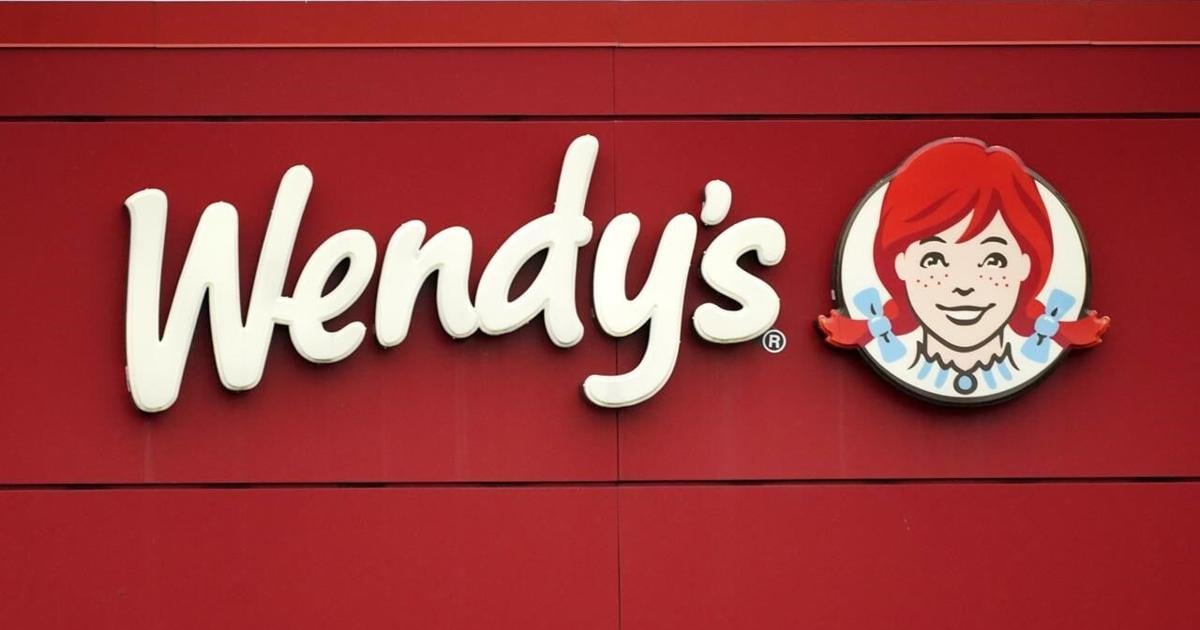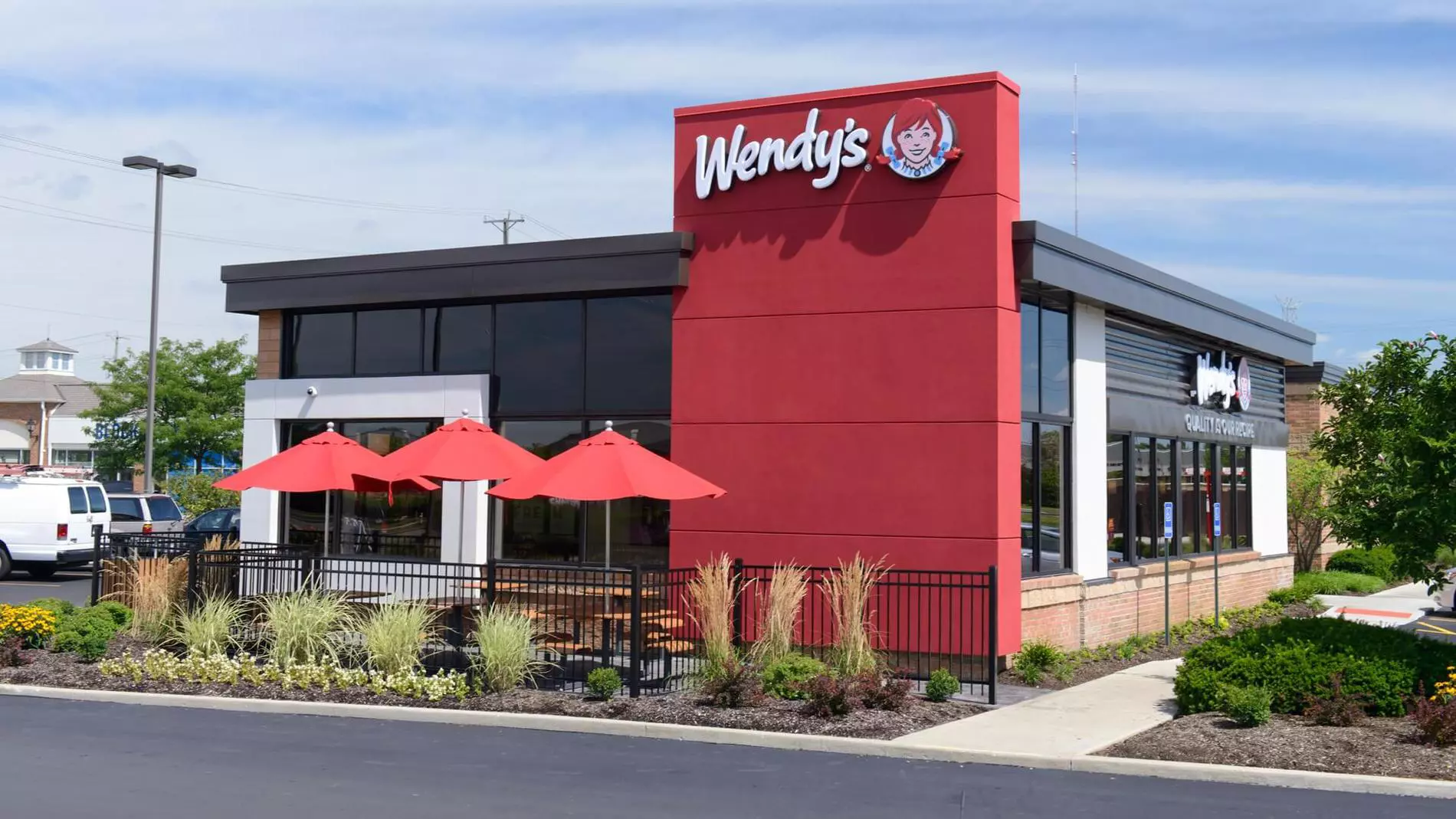" Digital menuboards could allow us to change the menu offerings at different times of day and offer discounts and value offers to our customers more easily, particularly in the slower times of day. "
Exactly. Happy hour for fast food.
Wendy's denials aside, that was not really the plan. Uber does not do 'happy hour' as such.
You make it sound like a one-way model where the price drops for the slowest hour each day.
In fact, the intent was very clearly to raise prices at peak times; and drop them based on surplus staff or fresh product that might be close to expiring.
Retail-Insider has a piece up on this, before Wendy's summarily nixed their 'Bold' plan:
Sylvain Charlebois discusses the unusual move by Wendy's in the US to implement dynamic pricing, and how it could benefit the business while potentially turning off consumers.

retail-insider.com
****
I actually favour dynamic pricing expressly to move 'fresh' inventory that would otherwise be binned. But I think it needs to be very strategically applied, without raising base-pricing.
In the case of Wendys, they bring their beef patties in fresh, not frozen, so the lifespan is really short. If, due to poor/great weather or some other unexpected event, they appear on pace to have to bin 100 patties at the end of day, it makes all the sense in the world that they drop burgers to 1/2 price for a couple of hours. That gets Wendys some revenue instead of none and saves on disposal costs. No one would object to that; but dinner-peak pricing would roil people, as it did in this case.
In the world of grocers, I've advocated for this idea of meat pricing, but not the way its done now, where they wait til the meat is looking sad and has to get sold in the next 12 hours. Instead, I would price it so that its full price on day one when it goes out, and it steadily drops in price as it gets closer to expiry. This requires electronic tags w/sell-by dates embedded. Its not difficult to do, but would be a transition for the industry.
In store ground beef generally has a 48-hour lifespan in most grocers; so I would price it at $15 per kg the day it hits the shelf, $10 a kg on day 2, and $5 a kg for must sell now.
Alternatively, I've suggested stores flash-freeze expiring product, then knock 60% of the price off.
The assumption though, is that you will always be able to buy 'fresh product' at today's price, and what's being discounted is what would have been binned.
Generally, this should not apply to shelf-stable or long-life items. There's also a need to keep prices consistent. I think dynamic pricing in travel, for instance actually hurts the industry at this point, because it makes prices wildly unpredictable, and and supply of seats similarly unpredictable. It has a place, but it ought to be moderately less dynamic.







